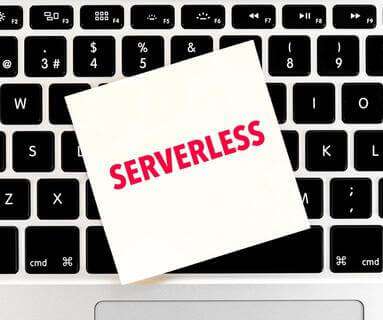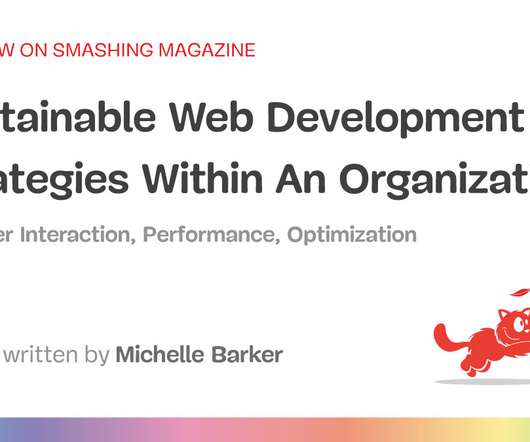Kubernetes vs Docker: What’s the difference?
Dynatrace
SEPTEMBER 29, 2021
Think of containers as the packaging for microservices that separate the content from its environment – the underlying operating system and infrastructure. This opens the door to auto-scalable applications, which effortlessly matches the demands of rapidly growing and varying user traffic. What is Docker? Networking.

































Let's personalize your content